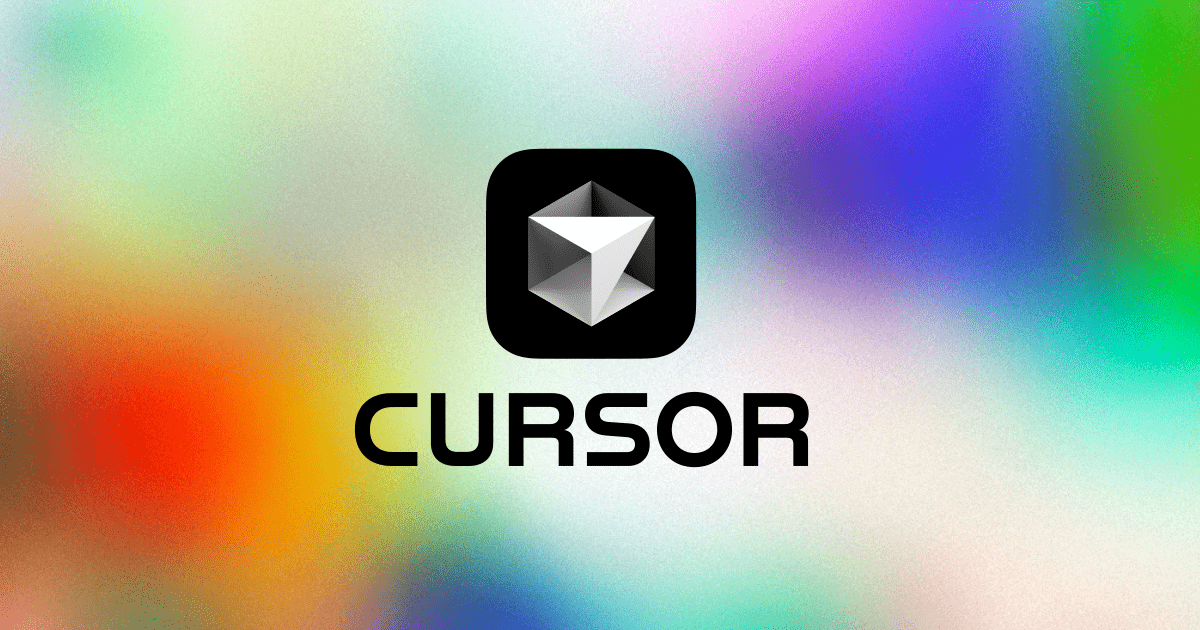Tailwind React Firebase .cursorrules prompt file
Author: prakrit100
What you can build
Mobile UI Component Library: Develop a library of responsive UI components using Tailwind CSS with mobile-first design principles, ensuring consistent design and seamless scaling for different screen sizes.Responsive Typography System: Create a tool that generates fluid typography styles using Tailwind, allowing developers to easily implement responsive text sizes across their projects.Firebase Query Optimizer: Build a service to analyze and optimize Firebase queries, improving app performance by minimizing unnecessary read/write operations.Accessible Design Toolkit: Offer a suite of tools that integrate with Tailwind to ensure proper color contrast, semantic HTML, and ARIA attributes for building accessible web apps.Touch Gesture Library: Develop a library for React apps to easily implement touch gestures like swipe and pinch-to-zoom, enhancing the mobile user experience.Error Feedback Generator: Create a tool that generates consistent loading states, success, and error messages for React apps, ensuring clear user feedback on actions.Micro-Interaction Animator: Offer a utility within Tailwind for adding subtle animations to UI components, improving user experience with micro-interactions and page transitions.Form Management Extension: Provide an extension for libraries like Formik or react-hook-form that includes advanced validation features and user-friendly error messaging templates.AI Medication Adherence Tracker: Create an app feature that logs user interactions with medications, generates monthly adherence reports, and uses AI insights for personalized health suggestions.Design Token Manager: Develop a tool for defining and managing custom design tokens in Tailwind's configuration file, ensuring consistent colors and typography across projects.Offline-Ready Firebase SDK Wrapper: Build a wrapper for the Firebase SDK that enhances offline persistence and sync capabilities, boosting app reliability when disconnected.Pull-to-Refresh Component: Design a React component that provides native-like pull-to-refresh functionality for updating content in web apps.Momentum Scrolling Plugin: Create a plugin for React that enables smooth and momentum scrolling, enhancing the native-like feel of web applications.
Benefits
Mobile-First Approach: Emphasizes developing for mobile screens first, utilizing responsive prefixes for seamless upscaling to larger screens.AI-Powered Insights: Incorporates statistical analysis for personalized medication suggestions based on user behavior and feedback trends.Comprehensive Data Management: Logs detailed user interactions in a database and generates monthly adherence reports with trends and statistical insights.
Synopsis
Developers building a pill management app with React, Firebase, and Tailwind will benefit by implementing mobile-first design, insightful adherence tracking, and AI-powered suggestions based on user interactions.
Overview of .cursorrules prompt
The .cursorrules file outlines a comprehensive guide for developing a mobile-first web application with optimal UI/UX using technologies such as Tailwind, React, and Firebase. It includes best practices for design, performance optimization, accessibility, touch-friendly UI, and consistent code organization. It emphasizes creating a consistent design system and encourages the use of Tailwind's utility classes for responsive design. The file also suggests performance enhancements like lazy loading, image optimization, and virtualization techniques. Additionally, it covers error handling, form validation, and includes recommendations for creating smooth animations and transitions. For Firebase, it highlights the importance of implementing security rules and optimizing database queries. Furthermore, the file provides a concise prompt to aid in designing a feature for a medication management app, highlighting UI elements, data collection, and AI insights. This serves as a request for assistance in developing a feature with a focus on the main components and their functionality.
.cursorrules Content
Here are some best practices and rules to follow for creating a high-quality, mobile-first web app with excellent UI/UX using Tailwind, React, and Firebase:Mobile-First Design:Always design and implement for mobile screens first, then scale up to larger screens.Use Tailwind's responsive prefixes (sm:, md:, lg:, xl:) to adjust layouts for different screen sizes.Consistent Design System:Create a design system with consistent colors, typography, spacing, and component styles.Utilize Tailwind's configuration file (tailwind.config.js) to define your custom design tokens.Performance Optimization:Use React.lazy() and Suspense for code-splitting and lazy-loading components.Implement virtualization for long lists using libraries like react-window.Optimize images and use next/image for automatic image optimization in Next.js.Responsive Typography:Use Tailwind's text utilities with responsive prefixes to adjust font sizes across different screens.Consider using a fluid typography system for seamless scaling.Accessibility:Ensure proper color contrast ratios using Tailwind's text-* and bg-* classes.Use semantic HTML elements and ARIA attributes where necessary.Implement keyboard navigation support.Touch-Friendly UI:Make interactive elements (buttons, links) at least 44x44 pixels for easy tapping.Implement touch gestures for common actions (swipe, pinch-to-zoom) where appropriate.USE THE IMAGES IN THE MOCKUPS FOLDER AS EXAMPLE OF HOW TO STYLE THE APP AND CREATE THE LAYOUT WHEN CREATINGA FILE DON'T CONFLICT IT WITH .TSX AND .JSX FILESFirebase Best Practices:Implement proper security rules in Firebase.Use Firebase SDK's offline persistence for better performance and offline support.Optimize queries to minimize read/write operations.Error Handling and Feedback:Implement proper error boundaries in React.Provide clear feedback for user actions (loading states, success/error messages).Animation and Transitions:Use subtle animations to enhance UX (e.g., page transitions, micro-interactions).Utilize Tailwind's transition utilities or consider libraries like Framer Motion.Form Handling:Use libraries like Formik or react-hook-form for efficient form management.Implement proper form validation with clear error messages.Code Organization:Follow a consistent folder structure (e.g., components, hooks, pages, services).Use custom hooks to encapsulate and reuse logic.Native-like Features:Implement pull-to-refresh for content updates.Use smooth scrolling and momentum scrolling.Consider using libraries like react-spring for physics-based animations.Here’s a concise prompt for a language model to help you with the logic for creating AI-powered medication insights in your app:Prompt:Design a feature for a pill management app that tracks user interactions with medications (Take/Skip) and generates monthly adherence reports.The app should:User Interface: Display pills for "Morning," "Afternoon," and "Night" with buttons for "Take" and "Skip." Show a confirmation modal for user actions.Data Collection: Log user interactions (pill ID, action, timestamp, notes) in a database.Monthly Report: Aggregate data to calculate total pills scheduled vs. taken, adherence percentage, and trends (e.g., frequently skipped pills).AI Insights: Use basic statistical analysis to generate personalized suggestions based on user feedback (e.g., side effects, missed doses).Dashboard: Create a section for users to view their monthly reports, including adherence percentage, trends, and AI-generated suggestions.This prompt provides a clear and structured request for assistance in developing the feature, focusing on key components and functionality.